Written by Dr. Carol Penn
In the quiet fields of Congaree, South Carolina, in the waning days of the 19th century, a small girl named Marion Josephine Gilmore stood at a crossroads. She was completely unaware that she would live a life of breaking barriers.
Born on September 18, 1895, she was the eldest of four siblings. At the tender age of nine, she found herself at the helm of a household shattered by loss.
Both her parents had fallen victim to tuberculosis. Their children: Marion, her younger sister Alma, and two brothers, John and Harold, were now orphans. In a time when the world seemed so vast and unforgiving, Marion’s world shrank to her siblings’ survival.
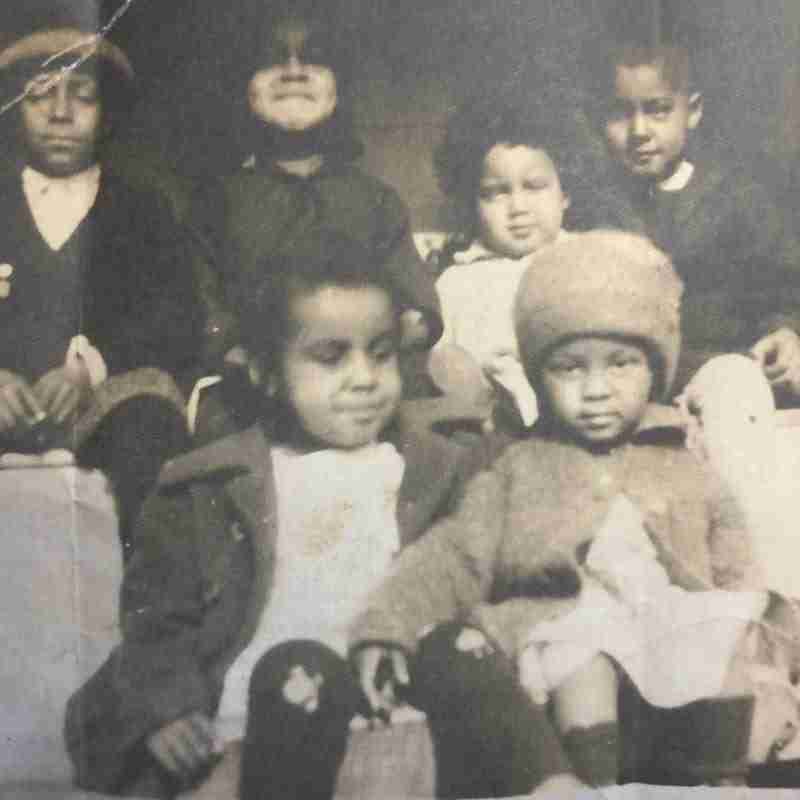
Breaking Barriers in an Era of Racial Oppression
It was 1904, in the aftermath of Reconstruction. The Jim Crow South was a place of profound racial and economic oppression.
Sharecropping was one of the few ways to survive. So, the children were sent to work for their relatives, picking cotton, laundering clothes, and learning the skills they needed to sustain themselves.
Marion, at nine years old, understood the weight of responsibility better than most adults. Her brother John was to be sent to live with a different aunt, separating him from the family.
But Marion, driven by an unshakable sense of duty and love, refused to let her brother be taken from her.
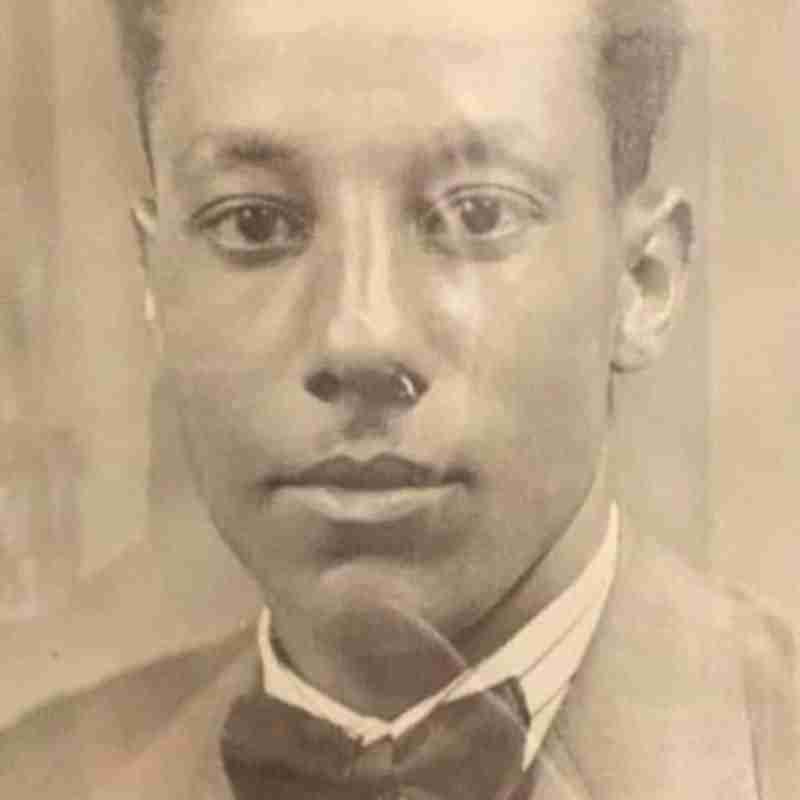
One night, as darkness cloaked the rural roads, Marion made a decision that would shape the future of her family. She left the safety of her aunt’s house and walked miles through the night, alone.
The dangers were real—not just from the treacherous wilderness, but from the racial violence that plagued Southern families of color.
Yet Marion arrived at her destination with the quiet determination that would come to define her life. At breakfast the next morning, she calmly announced to her aunt that John would stay.
She promised to share her portion of food with him, insisting that there would be enough for all.
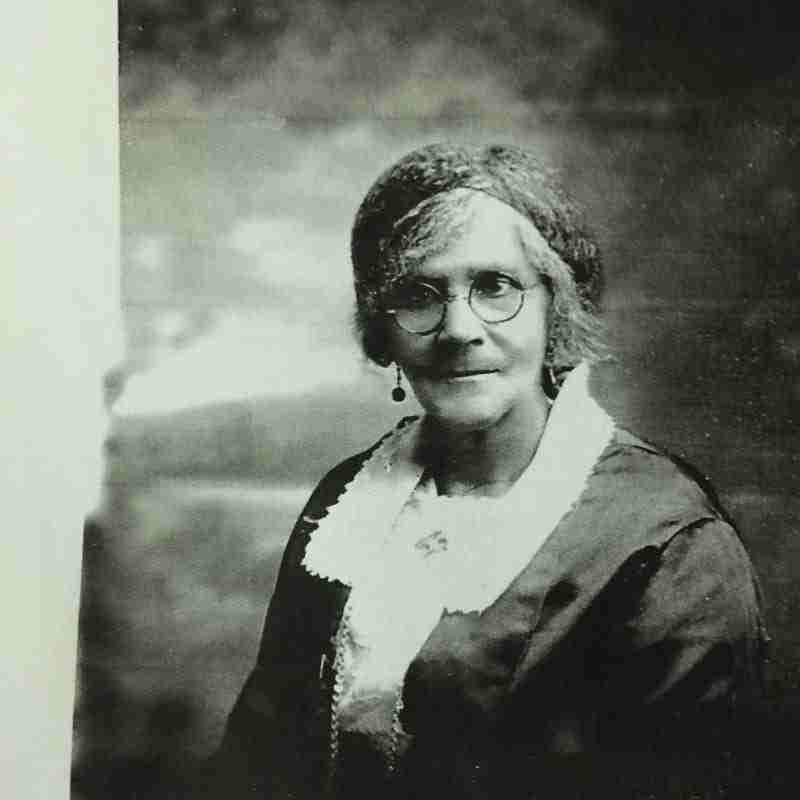
It was an extraordinary act of courage and leadership for a child. John stayed, and from that moment, the siblings were united as a little band, each playing their part to survive.
Learning Life Skills and Managing Resources
The siblings worked tirelessly to contribute, learning the skills that would sustain them: picking cotton, sewing, making lye soap, and dyeing fabric with indigo. It was a hard life, but Marion excelled at everything she did.
She and her sister Alma became especially skilled at pattern design and sewing. They developed the ability to turn meager materials into functional, sometimes, even beautiful clothes.
Once a month, they would be allowed the luxury of wearing shoes and riding in a mule-drawn wagon to church.
The shoes never fit. They were too small, and there was never enough money to buy new ones—but it was a rare taste of dignity and community in an otherwise grueling existence.
As she grew older, Marion began to dream of a different life. When asked as a teenager about her ambitions for the future, she did not speak of personal wealth or fame.
Instead, her dream was a simple yet profound one: that her children and her children’s children would never have to go barefoot.
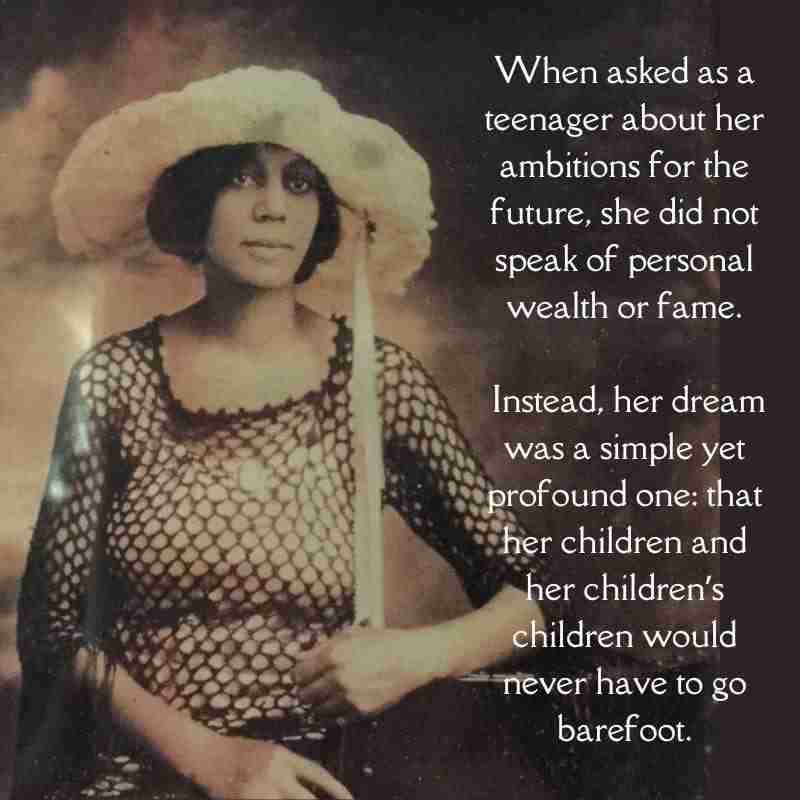
Her quiet declaration was more than just a desire for comfort. It was a vision of dignity, self-respect, and the necessities that had been denied to her.
Breaking Barriers and Making Progress Requires Hope and Sacrifice
Around the age of 18 or 19, Marion became part of the Great Migration, a movement that saw millions of African Americans leave the South in search of better opportunities in the North.
She left Congaree and headed to New Jersey, where life held the promise of more than just survival.
But Marion carried with her the lessons of her childhood: resilience, resourcefulness, and an indomitable spirit.
In New Jersey, Marion became the matriarch of a family that would embody the dreams she had nurtured as a young girl. She was a beloved mother, aunt, and grandmother, and the values she instilled in her family echoed for generations.
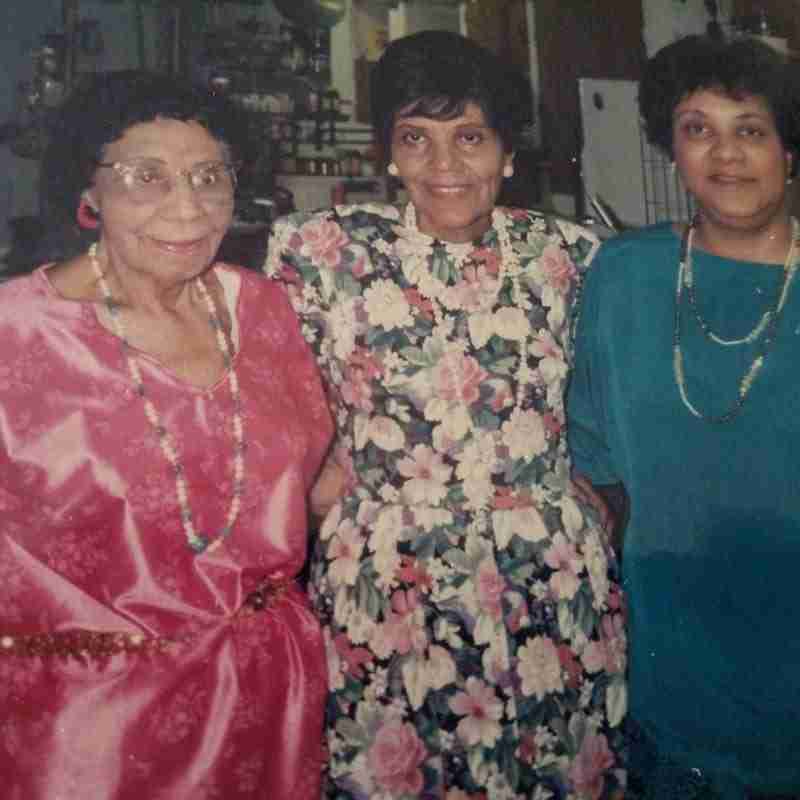
Her dream of shoes that fit was realized, but it became a metaphor for something much larger. She passed on her resilience, her charm, her determination, and her strength.
Facing Challenges to Change and Rewrite the Story
Her legacy was not just in the material comforts her descendants enjoyed but in their achievements.
Her daughter—my mother—became the first college graduate in the family and went on to break barriers as the first African American Director of Nurses in the state of New Jersey.
She was an activist and a leader, breaking barriers and carrying the torch of her mother’s courage into new arenas.
I followed in these footsteps, becoming the family’s first performing artist and later, a medical doctor, continuing the tradition of breaking boundaries and forging new paths.

Marion’s journey from the cotton fields of South Carolina to the bustling streets of New Jersey was more than just a geographic migration—it was a testament to the power of the human spirit to rise above adversity.
She took the trials that life had thrown her way and turned them into stepping stones, ensuring that her children and grandchildren would walk a path she had only dreamed of.
Breaking Barriers For Families and Communities
The strength that Marion Josephine Gilmore exhibited as a nine-year-old girl, walking alone through the dangerous roads of the South to keep her family together, lived on in her descendants.
She proved that no matter how harsh the circumstances, the will to persevere can carry a person—and a family—beyond survival and into greatness.
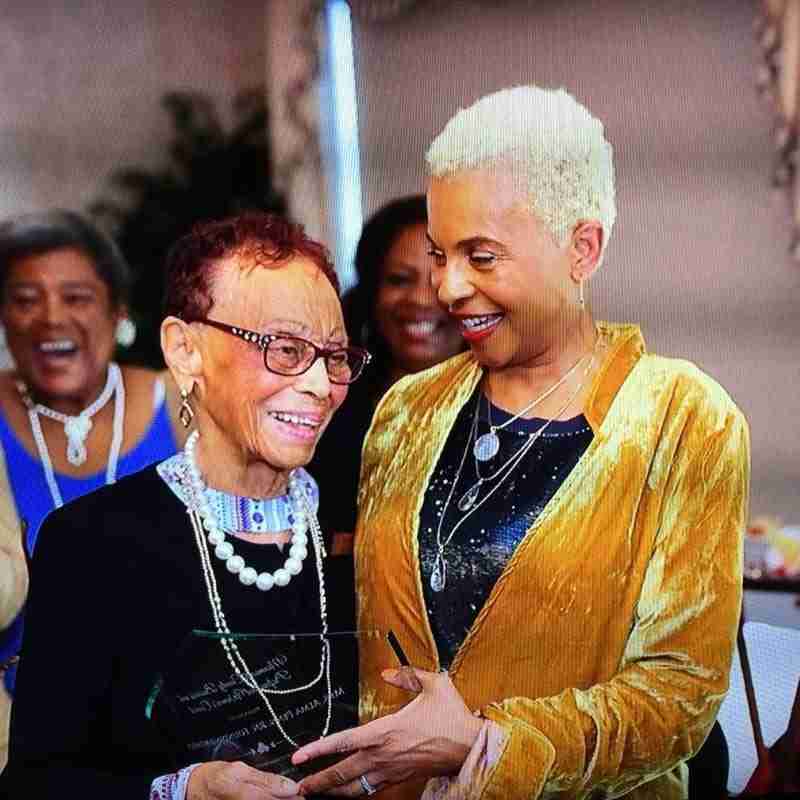
Her story is a reminder that resilience is not just about enduring hardship, but about rising from it, stronger, wiser, and more determined than ever.
How can you break barriers? Have your actions led to personal success? Or a different life for your children or grandchildren?
Let us know in the comment section below.

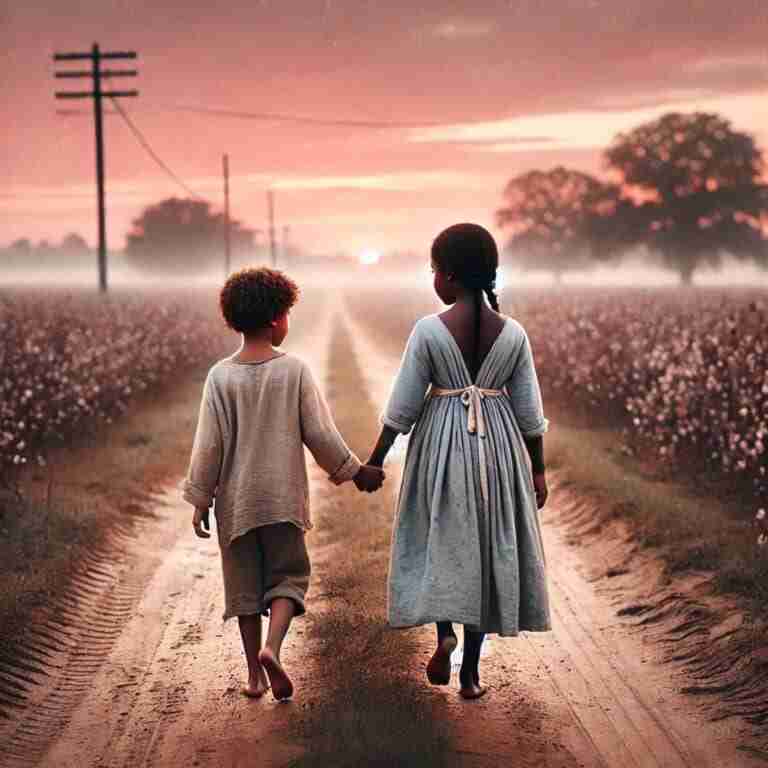





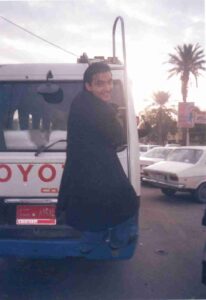



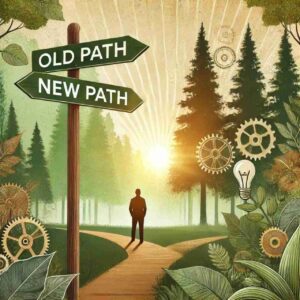




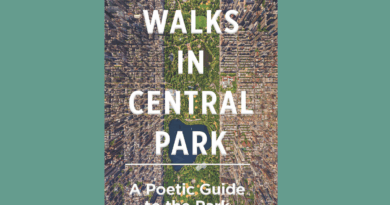
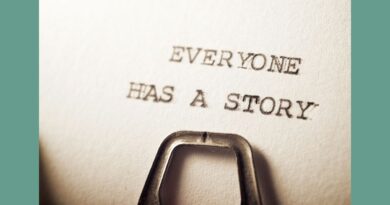










0 Comments